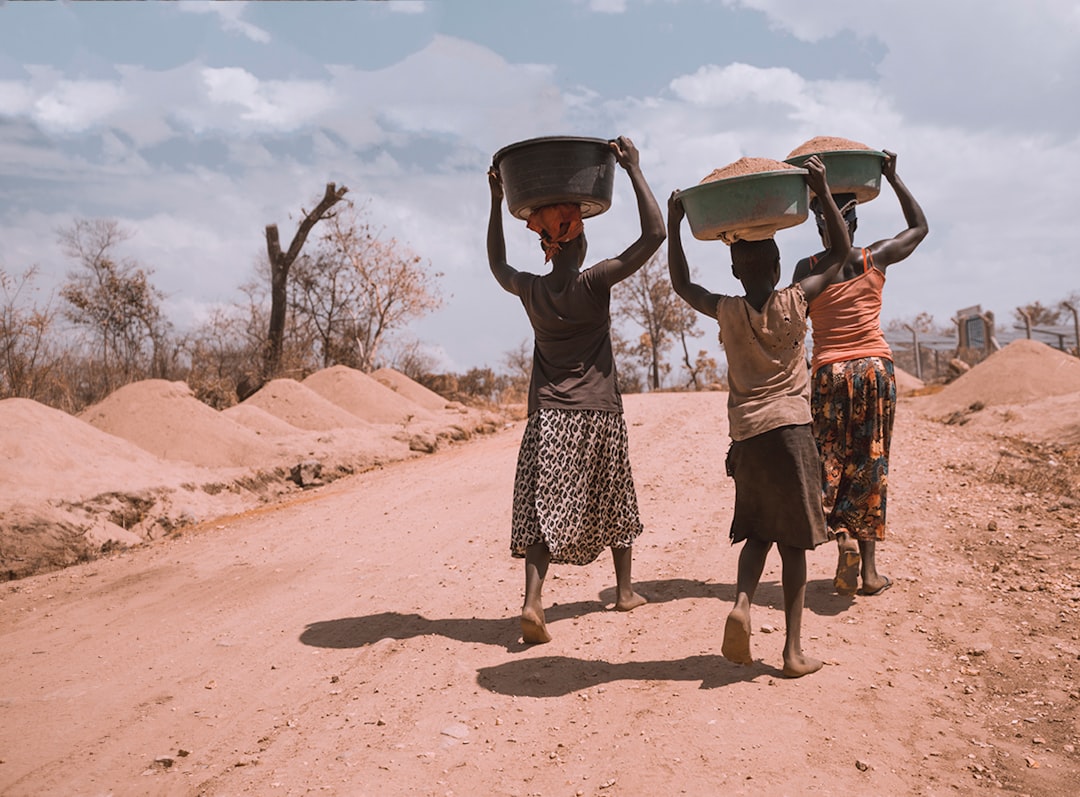What is it about?
Seagrass is thought to originate in Southeast Asia, but how much do we really know about seagrass systems in this region? We dredged the literature and found 62 scientific papers published between 1985 and 2009 - this isn't all that great a representation at all! Most came from studies run in just a handful of sites in the Philippines and Indonesia. Furthermore, most of the papers were about backreef meadows, i.e. those in very shallow water growing on coral reefs, or landward of coral reefs. But there is an equally intriguing type of meadow on the seaward side of the reefs, which we call 'forereef seagrass systems' in this paper. We highlight one particular forereef meadow - that of Tinggi Island on the southeast coast of Peninsular Malaysia. We provide baseline information on seagrass species composition, shoot density, biomass, underwater light environment, sediment properties, and observations of faunal interactions.
Featured Image

Photo by Benjamin L. Jones on Unsplash
Why is it important?
We called attention to the lack of knowledge about subtidal forereef seagrass meadows in Southeast Asia, and highlighted how they are so different from the more well-studied meadows in the intertidal zone. Forereef meadows are always submerged, are made out of smaller, faster-growing species, and get much less light than backreef seagrasses. Differentiating between backreef and forereef seagrass systems is critical so that we avoid having a 'one-size-fits-all' worldview of seagrasses when devising management and conservation plans.
Perspectives
This was the paper that started off my PhD work on subtidal seagrass in Malaysia. I have fond memories of our field trips out on Pulau Tinggi back when there were hardly any tourists or researchers around in that area. I am also fond of this paper for an unexpected but nice spill-over benefit: whilst studying the seagrass meadow at Tinggi Island, we observed an incredibly high number of dugong (sea cow) feeding trails. As a result of this paper and our sharing with colleagues, Tinggi island and those in its vicinity have become the primary study area for Malaysian conservationists from MareCet, Reef Check Malaysia, and the Department of Marine Parks, beginning in 2014. Today, this area is known as the site with the single largest dugong population in Malaysia, with herds feeding consistently in these subtidal forereef meadows.
Dr Jillian Ooi
University of Malaya
Read the Original
This page is a summary of: Knowledge gaps in tropical Southeast Asian seagrass systems, Estuarine Coastal and Shelf Science, March 2011, Elsevier,
DOI: 10.1016/j.ecss.2010.12.021.
You can read the full text:
Resources
Contributors
The following have contributed to this page










